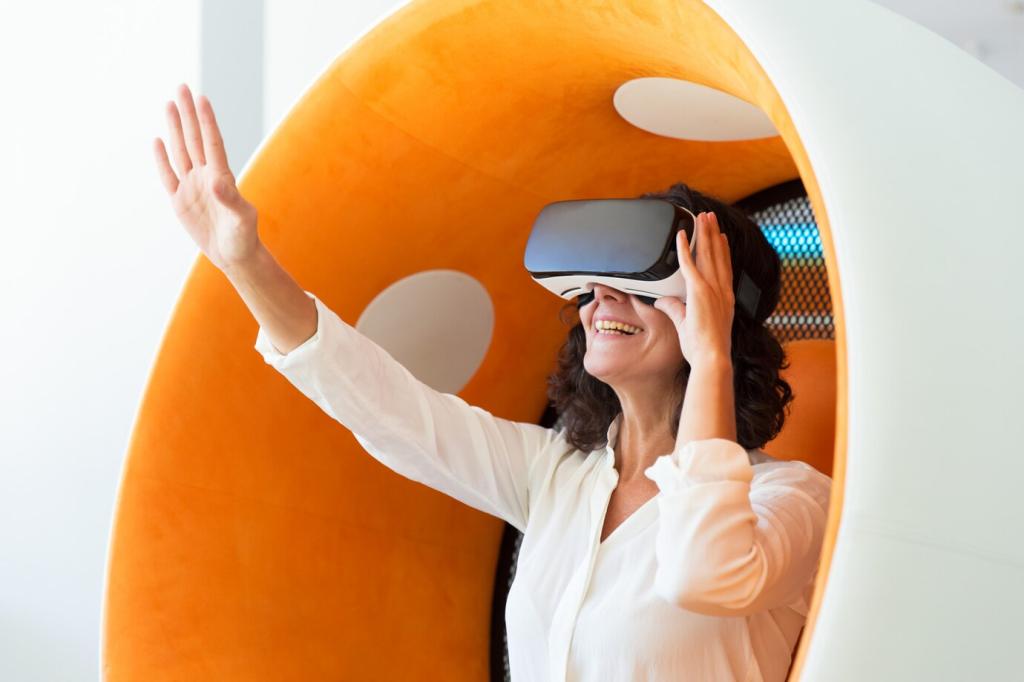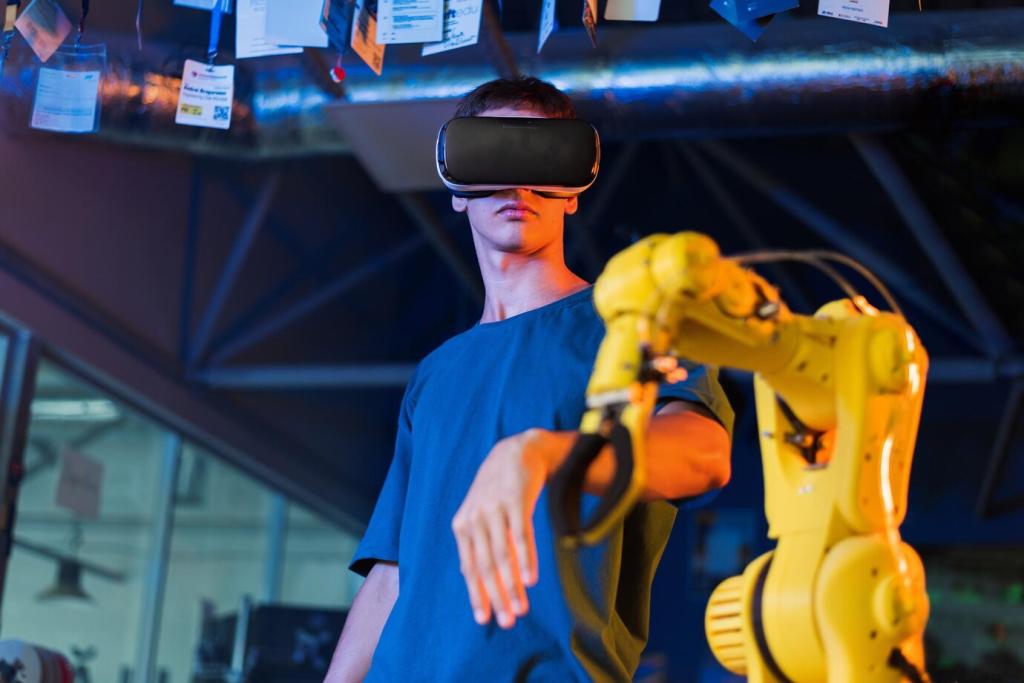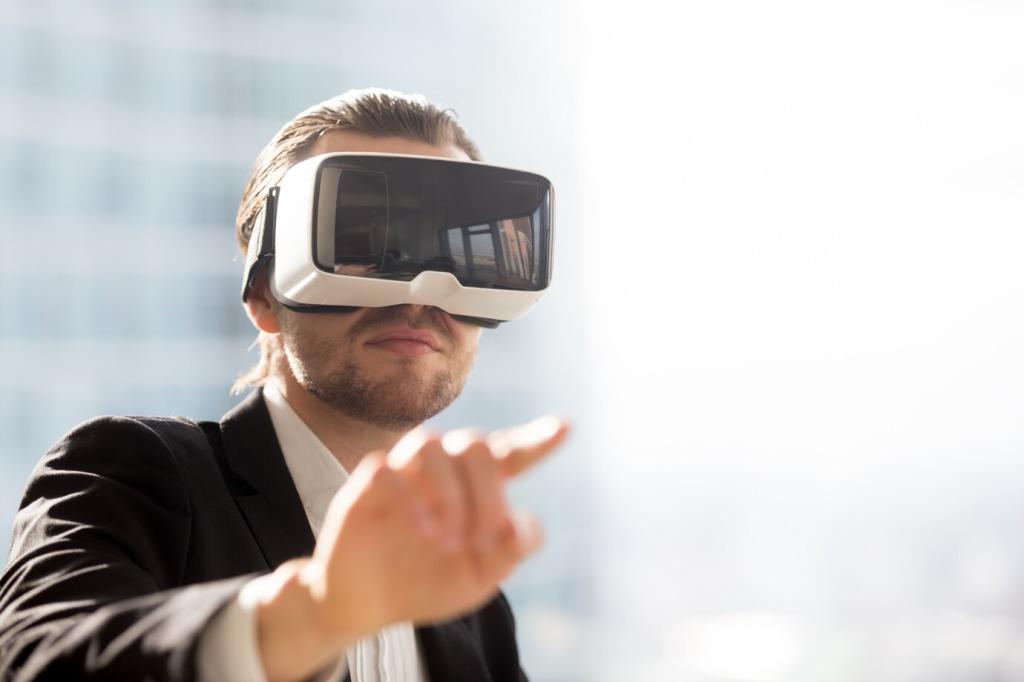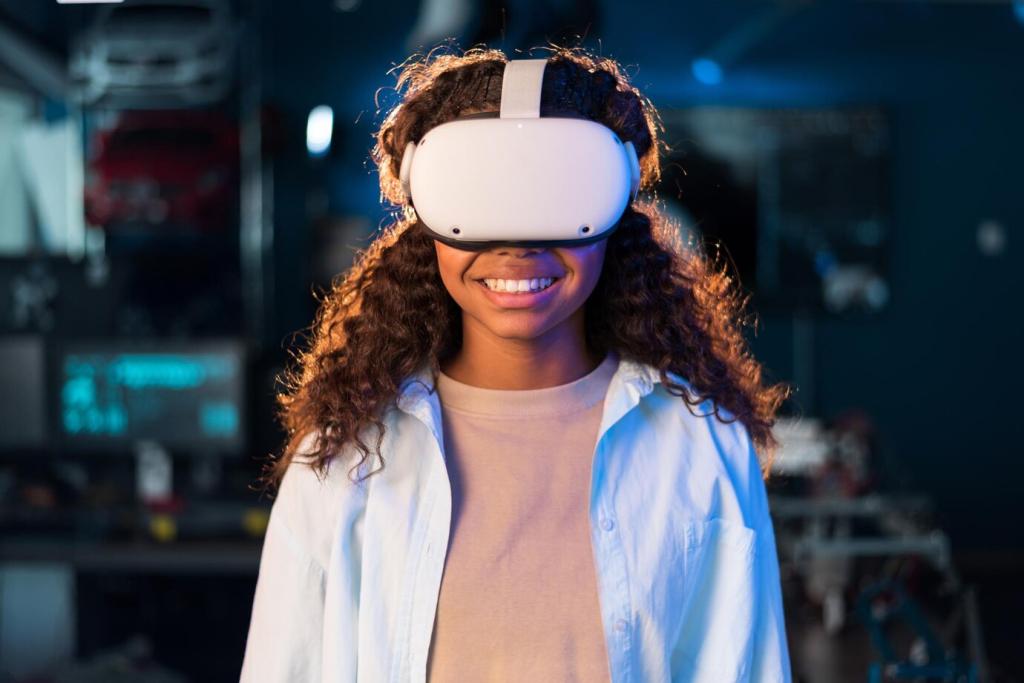The Evolving Tech Stack: From Toolkits to Performance
ARKit, ARCore, and WebXR anchor capabilities, while Unity and Unreal accelerate content creation. Mix native frameworks with portable assets to ship features faster without locking yourself out of platform advances.
The Evolving Tech Stack: From Toolkits to Performance
Thermals can sink great ideas. Budget your frames, stream assets intelligently, and lean on on-device ML only where it truly pays off. Prioritize stability so sessions stay smooth even on mid-range phones.
The Evolving Tech Stack: From Toolkits to Performance
5G and edge computing unlock multi-user sync, shared anchors, and rich remote rendering. Design offline-first fallbacks, then add synchronized magic when networks cooperate, keeping experiences resilient in the wild.
The Evolving Tech Stack: From Toolkits to Performance
Lorem ipsum dolor sit amet, consectetur adipiscing elit. Ut elit tellus, luctus nec ullamcorper mattis, pulvinar dapibus leo.









